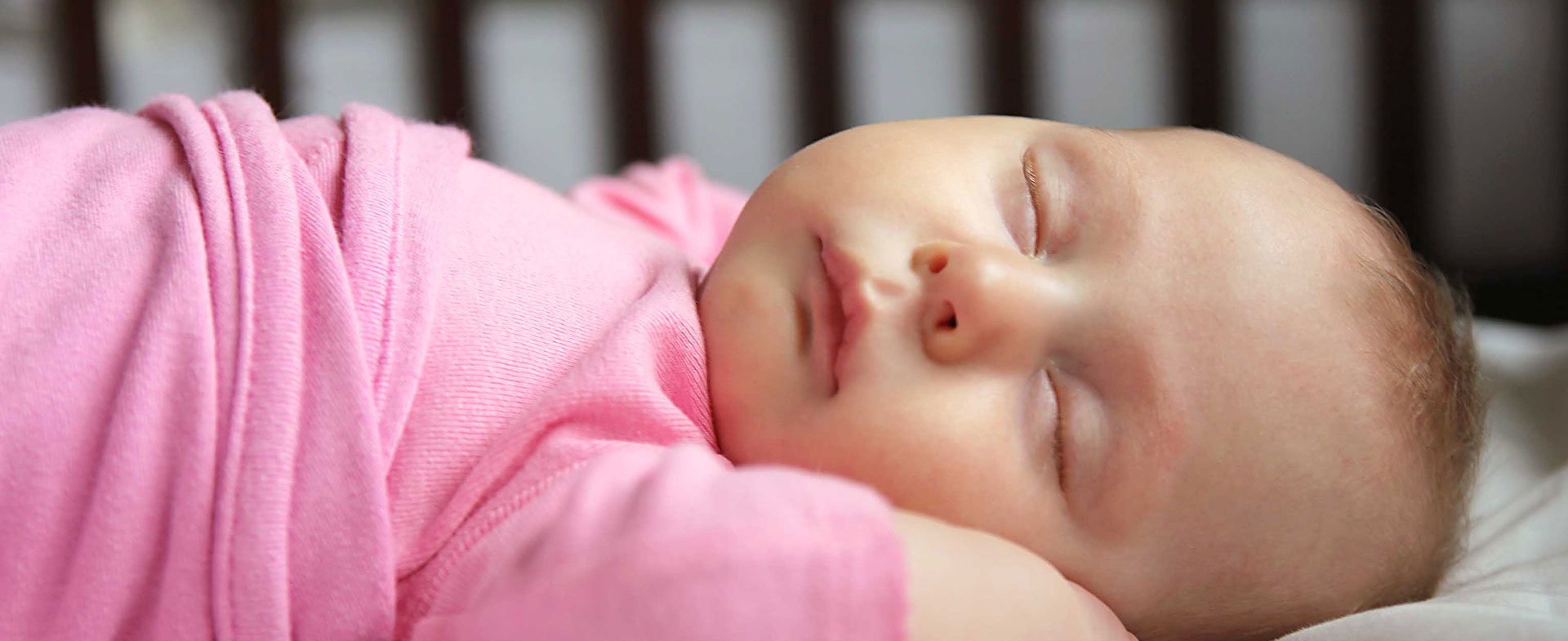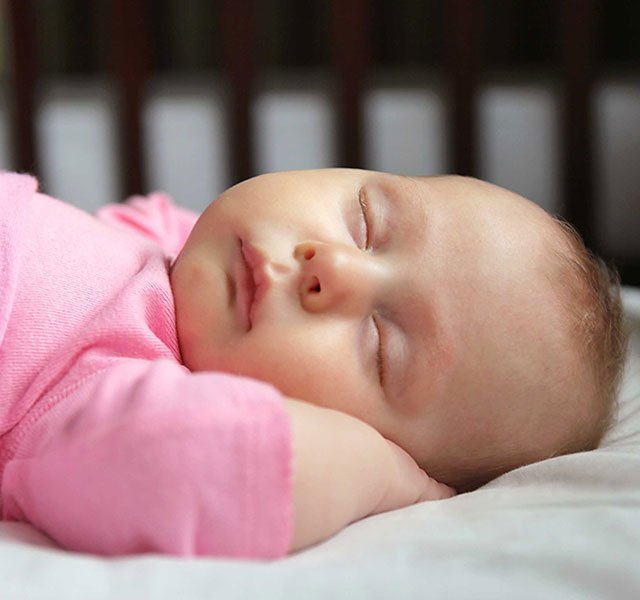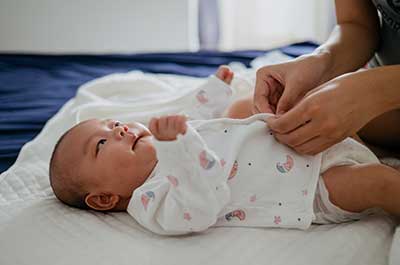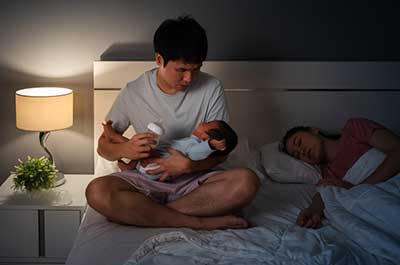Most parents of newborns have experienced this basic, primal fear: You lay your baby down to sleep, yet you can’t help but continually check on them to make sure they’re still breathing. This worry is normal - and fades with time.
That said, setting up a safe sleep environment for your baby is critical. It helps alleviate those fears and, even more importantly, it prevents tragedies like Sudden Infant Death Syndrome (SIDS) or death by strangulation or suffocation. As its name implies, SIDS is the sudden - often unexplained - death of an infant under one year of age that happens when the baby is sleeping or napping.
Research has shown that awareness of safe sleep practices has helped lower the rate of SIDS dramatically since the issue became publicized in the 1990s. However, more than 3,700 babies still die every year in SIDS-related incidents so vigilance about safe sleep is important.
How To Help Your Baby Sleep Safely
“The absolute best way to lower the chance of SIDS is to always place healthy infants on their backs to sleep,” says Jordan Kridler, M.D., a pediatrician at Henry Ford Health.
She also recommends following these updated guidelines from the American Academy of Pediatrics:

Need A Pediatrician?
- Back is best. This advice is so important, it bears repeating. Place your baby on their back for sleep for the first 12 months. Side sleeping or tummy sleeping is not safe. One note: This “back sleeping” recommendation is for healthy infants. Some infants with certain medical conditions or malformations may need to be placed on their stomachs to sleep and parents should discuss safe sleep options with their pediatrician. Also, once your baby can roll over on their own, it's okay if they roll onto their side or stomach in the middle of the night.
- Share your room but not your bed. It’s recommended that babies sleep in the room with their parents for at least six months or up to a year. “This proximity is important for promoting breastfeeding, bonding and safety,” explains Dr. Kridler. However, bed sharing with your infant may be dangerous, as is falling asleep with your baby on the couch or in an armchair. It sounds extreme, but some parents in a deep sleep or under the influence of alcohol or drugs have rolled over onto their babies. Recent evidence found that the risk of SIDS was reduced by 50% when the baby was in the room with their parents on a safe sleep surface.
- Place your baby on safe sleep surface. Use a firm mattress in a safety-approved crib or bassinet with a fitted sheet only - no pillow top or water mattresses or soft surfaces. Pillows, blankets, comforters and stuffed toys should be kept out of the crib, as they can cover your infant’s head and airway. You should also keep your baby’s head and face uncovered during sleep – no hooded pajamas or hats while sleeping.
- Breastfeed your baby, if you can. There is an association between breastfeeding for at least six months of a baby’s life and reduced risk for SIDS, along with the many other health benefits for both mom and baby.
- Create a smoke-free, drug-free environment. Do not smoke before or after the birth of your baby. Do not let others smoke around the baby. Limit your use of alcohol and/or illicit drugs before and after your baby is born, as parental use of both have been associated with a higher risk of SIDS.
- Keep the room temp comfortable. Don’t let your baby become overheated during sleep. Keep the temperature of the room comfortable and dress your baby in as much or as little clothing as you would wear.
- Offer a pacifier at nap and bedtime. Though the reason why is not entirely clear, studies show that using a pacifier lowers the risk of SIDS. You don’t need to replace the pacifier if it falls out after the baby is asleep. And don’t use pacifiers that are attached to clothing by a string or with plush toys attached to them because of risk of strangulation or suffocation.
- Practice “tummy time.” Babies should be allowed to lie on their stomachs during supervised, awake periods to promote shoulder and muscle development and avoid flat spots on the back of the head.
- Don’t rely on special devices. Be wary of devices that claim to be designed to maintain sleep position, like sleep positioners or wedges, or to reduce the risk of re-breathing (or taking in the carbon dioxide that you have just exhaled). Many have not been tested sufficiently for safety, so their benefit or risk is unknown. Likewise for digital monitoring devices, such as heart rate-breathing monitors.
“Often these are not tested or proven effective, and unless needed for a special medical condition recommended by a doctor, they often cause more panicked false alarms than detecting actual problems,” says Dr. Kridler.
Not only are these important guidelines for parents to follow, they should also be sure to share all of these important recommendations with babysitters, grandparents and other caregivers.
Reviewed by Jordan Kridler, M.D., a pediatrician who sees patients at Henry Ford Medical Center - Royal Oak.



